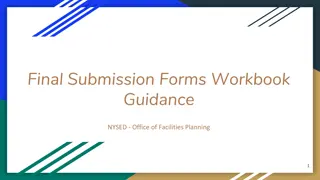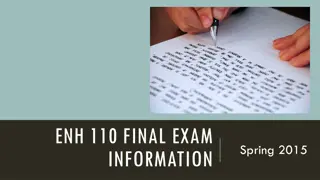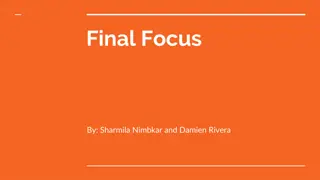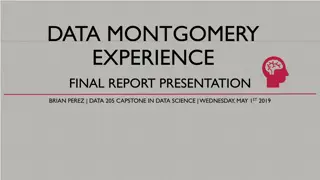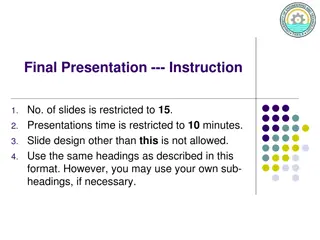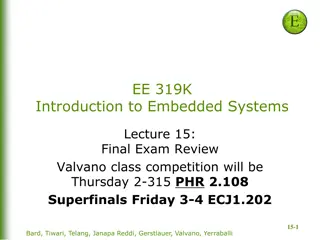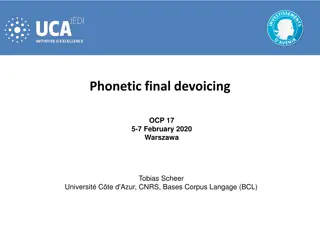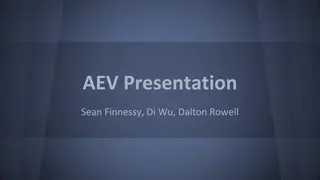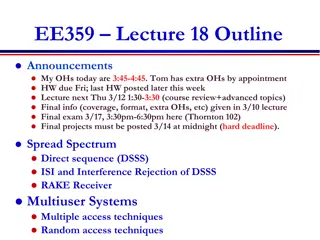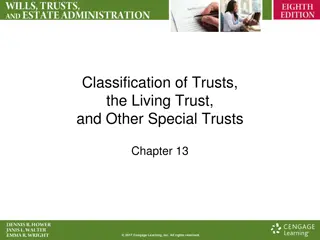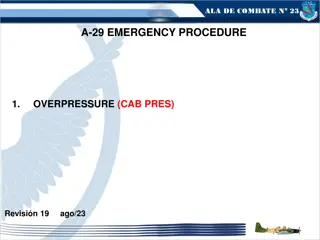
Emphasis and Duration in Signaling Scalar Alternatives
This study explores the role of duration and prosodic emphasis in signaling scalar alternatives using auditory stimuli. It discusses how listeners interpret emphasized gradable adjectives based on acoustic cues, such as pitch movements and longer durations. The experiments show that increased duration promotes intensifying interpretations over contrastive ones. The research emphasizes the importance of acoustic cues in resolving ambiguity in language processing.
Uploaded on | 0 Views
Download Presentation

Please find below an Image/Link to download the presentation.
The content on the website is provided AS IS for your information and personal use only. It may not be sold, licensed, or shared on other websites without obtaining consent from the author. If you encounter any issues during the download, it is possible that the publisher has removed the file from their server.
You are allowed to download the files provided on this website for personal or commercial use, subject to the condition that they are used lawfully. All files are the property of their respective owners.
The content on the website is provided AS IS for your information and personal use only. It may not be sold, licensed, or shared on other websites without obtaining consent from the author.
E N D
Presentation Transcript
THE ROLE OF DURATION IN SIGNALING SCALAR ALTERNATIVE SETS Kate Sandberg and Jennifer Cole 1
PROSODIC EMPHASIS AND GRADABLE ADJECTIVES The tree is TALL. encourages pragmatic inferences about alternatives (Krifka, 2008; Rooth, 1985; Rooth, 1992) Encourages inferences about the locations of thresholds on measurement scales of ordered degrees (Kennedy and McNally, 2007; Bolinger, 2013) Intensity Contrast The tree is tall, but not wide. The tree is very tall. Question: How does a listener determine which type of inference to draw when hearing an emphasized gradable adjective? 2
HOW DO WE EMPHASIZE? Emphasis for Contrast Emphasis for Intensity (Kohler, 2006) (Kohler, 2006) -Rising pitch movements (i.e., pitch accents) -L+H*: initial low pitch target followed by a sharp pitch rise (Pierrehumbert and Hirschberg, 1990) - longer durations than those typical of pitch-accented syllables (Niebuhr, 2010) Proposal: The acoustic realization of emphasis can resolve ambiguity about the intent behind a speaker s use of emphasis, with increases in duration encouraging intensification inferences relative to contrastive ones. 3
Auditory Stimuli 20 scalar adjectives (e.g., striped, spotted, happy, rainy, spicy) EXPERIMENT: DESIGN Long Intensified Short Long The weather is rainy. Contrastive Short Neutral No Change 4
EXPERIMENT: PROCEDURE Intensifying Contrastive 5
Experiment: Results Main Effect of Duration Frequency (Intensification) Intensified Response Pitch Contrastive Intensified Significant Pitch x Duration Interaction Main Effect of Pitch 6 N = 39 Response ~ Pitch * Duration + (1|Adjective) + (1|Participant)
CONCLUSIONS Increased duration promotes an intensifying interpretation over a contrastive one. Intensifying pitch promotes an intensifying interpretation when increased duration is not present. Participants are using acoustic cues involved in the production of emphasis to resolve ambiguity about emphasized gradable adjectives Thank you to: Chun-Liang Chang for his help building the online experiment Members of the ProsD lab at Northwestern Nicole Gotzner and the Scales in Language Processing and Acquisition Lab for their feedback 7
REFERENCES Tomlinson Jr, J. M., Gotzner, N., & Bott, L. (2017). Intonation and pragmatic enrichment: How intonation constrains ad hoc scalar inferences. Language and Speech, 60(2), 200-223. Rooth, M. (1992). A theory of focus interpretation. Natural language semantics, 1(1), 75 116. Rooth, M. E. (1985). Association with Focus (Montague Grammar, Semantics, Only, Even). PhD thesis, University of Massachusetts Amherst. Solt, S. (2015). Measurement scales in natural language. Language and Linguistics Compass, 9(1), 14-32. Pierrehumbert, J. and Hirschberg, J. (1990). The Meaning of Intonational Contours in the Interpretation of Discourse, In P.R. Cohen, J. Morgan, and M.E. Pollack (eds.), Intentions in Communication, MIT Press, Cambridge, Mass, pp. 271-311. Niebuhr, O. (2010). On the phonetics of intensifying emphasis in German. Phonetica, 67(3), 170 198. Ladd, D. R., 1996. Intonational phonology. Cambridge: CUP Kennedy, C. and McNally, L. (2005). Scale structure, degree modification, and the semantics of gradable predicates. Language, 81(2), 345 381. Kohler, K. J. (2006). What is emphasis and how is it coded. Proceedings of Speech Prosody, 748 751. Krifka, M. (2008). Basic Notions of Information Structure. Acta Linguistica Hungarica 55, 243 276. doi:10.1556/aling.55.2008.3-4. Horn, L. R. (1972). On the semantic properties of logical operators in English. PhD Thesis, University of California, Los Angeles. Bolinger, D. (2013). Degree words. De Gruyter Mouton. 8

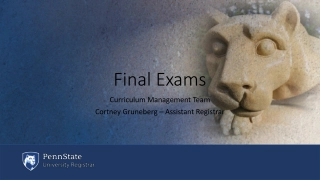
![READ⚡[PDF]✔ Yup I'm Dead...Now What? The Deluxe Edition: A Guide to My Life Info](/thumb/20463/read-pdf-yup-i-m-dead-now-what-the-deluxe-edition-a-guide-to-my-life-info.jpg)



